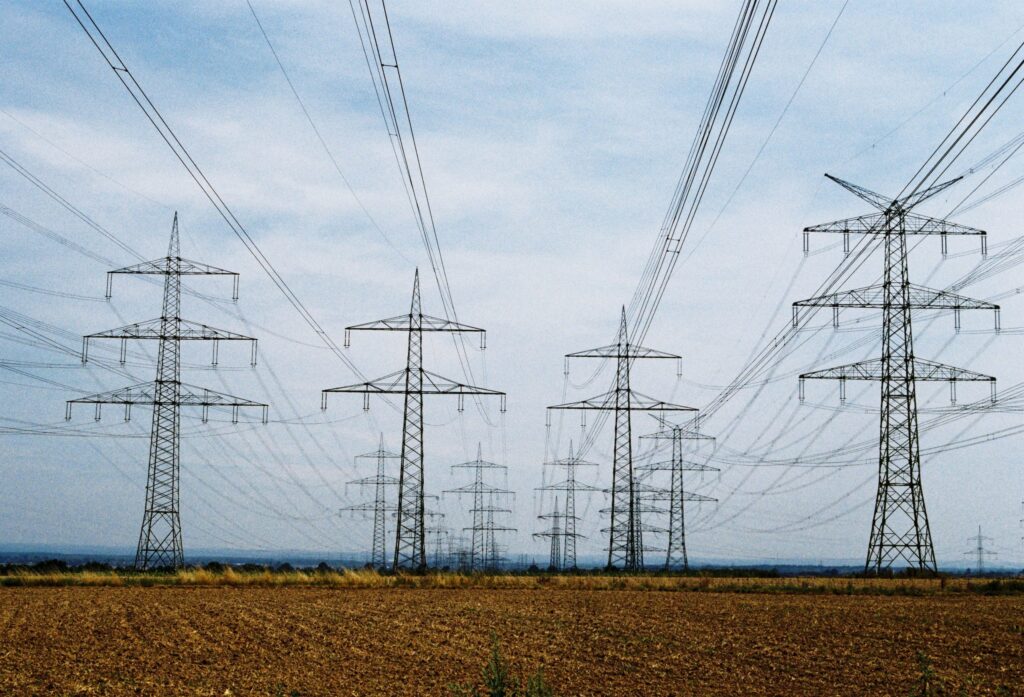According to Ukraine’s 2030 economic strategy, key objectives for the development of the national economy include decarbonisation and increasing the share of renewable energy sources (RES) to 25 per cent.
Prior to Russia’s full-scale invasion, we were making significant progress and held leading positions in rankings of countries with the highest levels of ‘green’ energy implementation. However, the large-scale war has brought significant challenges, with approximately 90 per cent of wind and 45–50 per cent of solar stations being decommissioned due to destruction and occupation.
Despite this grim statistic, it should not deter us; instead, it should stimulate us to seek new solutions and explore new territories for RES.
Two factors support this argument: firstly, RES decentralises the energy system, making it more reliable and resilient; secondly, it represents an investment in environmental sustainability—hence, our future. Full membership in ENTSO-E, the European Network of Transmission System Operators, also offers ample opportunities for RES implementation and international energy system balancing.
Ukraine currently has 1700 MW of import-export capacity, indicating that our electricity market operates on the principle of import-export parity. Our prices correspond to those of neighbouring countries such as Romania, Hungary, Slovakia, and others.
So, what are the most promising renewables currently, and what is Ukraine’s potential for each of them?
Solar
With Ukraine’s total area of 603,000 square kilometres, 70 per cent of which (42 million hectares) is designated for agricultural activities, the country has significant potential for solar energy utilisation.
The average insolation levels per square metre are 1,400 in the south and 1,200 in the central part of Ukraine. There is land unsuitable for agricultural production that can be effectively utilised for construction purposes. For example, our project Solar City—a solar power plant with a total capacity of 55 MW, located in Dnipropetrovsk region, on the territory of a depleted uranium mine that is unsuitable for residential or agricultural use. The land that could have been a dead zone is now a source of clean energy.
Solar energy project development costs in Central and Eastern Europe range from 120,000 to 180,000 euros per MW, while in Ukraine, such projects are estimated to cost between 30,000 and 60,000 euros per MW. For investors, this means up to a 20 per cent saving on total CAPEX for solar power plant construction.
Despite active military actions, over 500 MW of new solar power plant capacity was built in Ukraine last year. Despite the extremely challenging conditions, progress continues; solar power plant construction increased by approximately 15 per cent in 2023.
Wind
Overall, about 40 per cent of Ukraine’s territory has the potential for wind energy generation, primarily in zones along the coastline and directly on the continental shelf. Under favourable conditions, in the medium-term perspective, production capacities could be increased to approximately 5,000 MW, accounting for 20–30 per cent of the country’s total electricity consumption.
Currently, due to the war, about 20 per cent of wind energy systems (out of the total 1,673 MW) remain operational, mainly located in Lviv and Odesa regions.
Wind power plants are slightly more expensive and more complex to operate than solar, but they remain a viable source of electricity production. We are also contributing to the development of domestic wind energy, as evidenced by the Wind of Independence project, which involves the construction of wind farms near large industrial enterprises in the Petrivska community of Kirovohrad region.
We confirmed the presence of wind at an average speed of 7.1 m/s, which is higher than the average European figure. Upon the commissioning of the first stage, the station’s capacity will be 100 MW, and in the second stage—330 MW.
It is worth noting that wind and solar power plants work best in combination, forming so-called hybrid systems. If the sun is most active in the summer and during the day, then the wind is active in winter and at night. Thus, this simple step can ensure uninterrupted and uniform electricity generation regardless of the time of day and season.
Waste management
Today, Waste Management in Ukraine is far from ideal. We have only one waste incineration plant in the entire country, in Kyiv. If we take any region, for example, Odesa region, waste management is not processed at all. This is just one of the major regions, but it has great potential: household waste is generated at a rate of 986,430 tonnes per year. And none of this is incinerated to produce energy; instead, there are 51.57 hectares of unauthorised landfills.
Implementing even one waste recycling project would be a significant step towards the EU’s green agenda, meeting the stiff requirements of the Green Deal and distributed generation systems.
Of course, this would also increase the investment potential of the regions. We have benchmarks: for example, the Spittelau waste incineration plant in Vienna, equipped with several smoke filters to protect the environment and provide energy to 50,000 households. Waste should become a commodity for the economy, not a burden.
Even amid the war, Ukraine has vast opportunities for implementing RES. They are not only part of the course towards European integration and strengthening energy resilience and independence but also a factor in national economic security.
And the most effective strategy here, in my opinion, is dialogue and unity of efforts for our present and future.
Photo by Chris Weiher on Unsplash.







